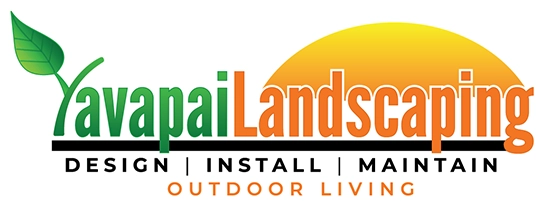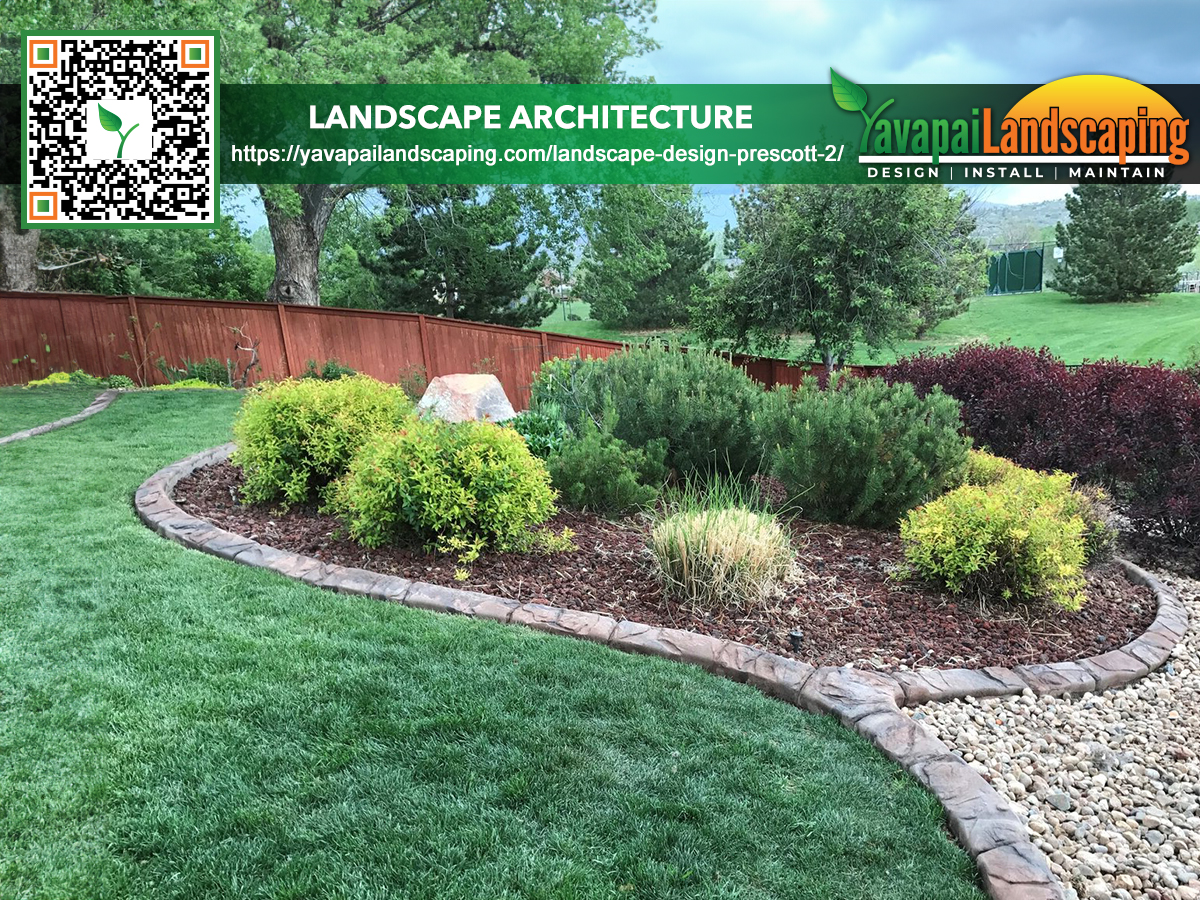
Landscape architecture is changing fast with digital design. Tech-driven landscaping is now a reality, not just a dream. It uses the latest tools to make work better and more creative.
Technology is mixing with old design methods, changing the field. Landscape architects use digital tools to make things easier, clearer, and better. This move to tech is not just for keeping up; it’s to improve landscape design.
With new software and hardware, pros can handle big projects better and faster. Technology is key from the first ideas to the final show. It’s vital for meeting client needs and city growth challenges.
Key Takeaways
- Digital tools enhance efficiency in landscape architecture
- Tech-driven landscaping improves project accuracy and speed
- Innovative software solutions aid in better design visualization
- Technology integration is essential for modern landscape practices
- Digital landscape design tools streamline the entire project lifecycle
The Evolution of Technology in Landscape Architecture
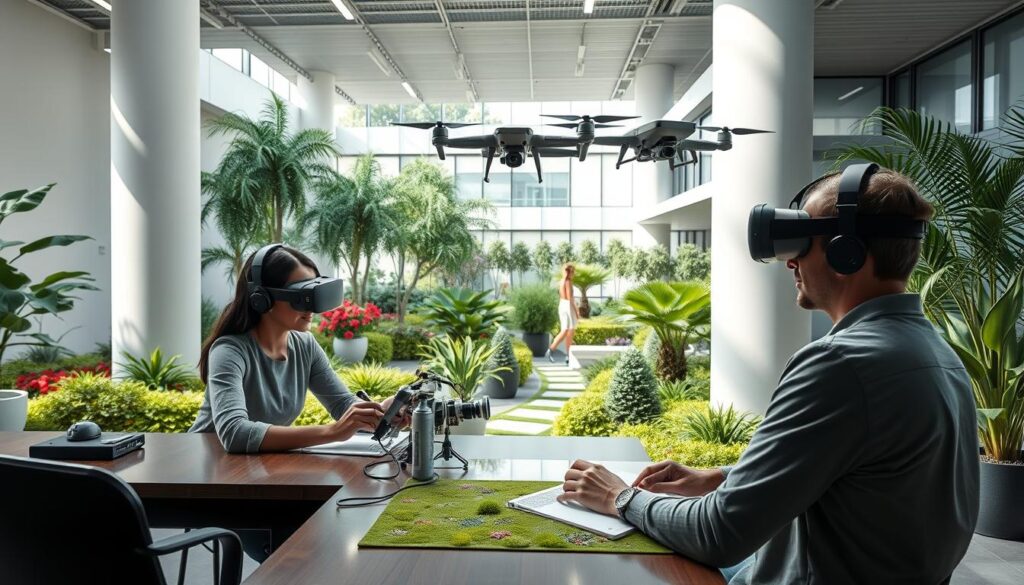
The history of landscape architecture is filled with big changes in technology. It started with simple hand-drawn plans. Now, it’s all about digital tools.
At first, architects used pencils and drafting tables. This method was artistic but slow and often wrong. The 1980s changed everything with computer-aided design (CAD) software.
This new tool made drawings more accurate and easier to change. The 1990s brought 3D modeling, letting architects show designs in virtual space. This was a big step forward.
Now, landscape architects use the latest tech, like:
- Drone technology for aerial views
- Augmented reality for real-time designs
- Parametric design software for complex tasks
These tools have made the job faster and more creative. Keeping up with new tech is key to success in landscape design. Dive into the depths of this extraordinary piece.
Key Digital Tools Revolutionizing Landscape Design
Landscape architects now use powerful digital tools to create amazing designs. These tools boost creativity, make processes smoother, and enhance project results.
3D Modeling Software for Visualization
3D landscape modeling brings designs to life. Architects use software to make virtual environments that look real. Clients can explore the proposed landscapes before construction starts.
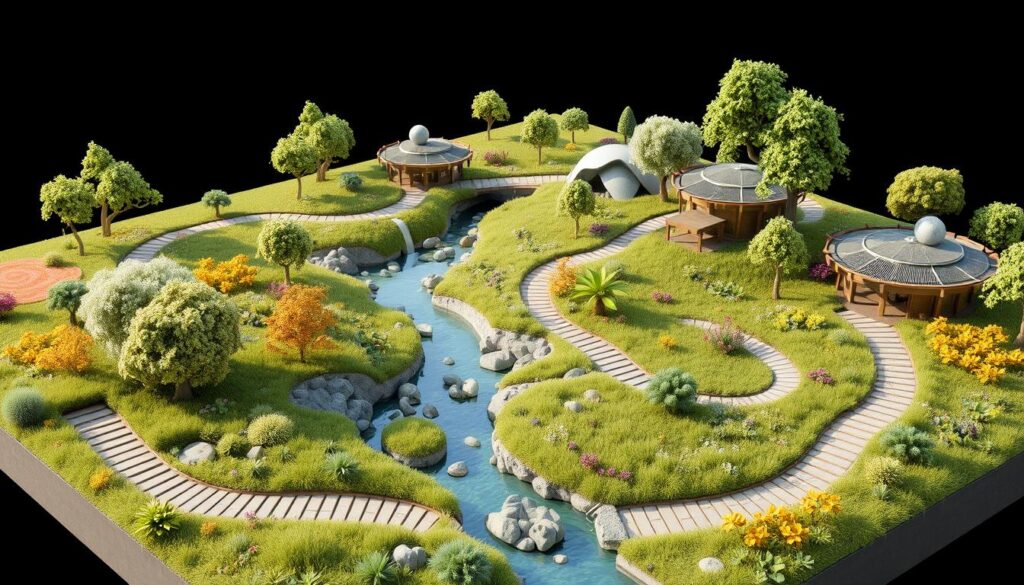
Geographic Information Systems (GIS) for Site Analysis
GIS in landscaping changes site analysis. It mixes geographical data with design elements. Landscape architects use GIS to:
- Analyze topography
- Study soil conditions
- Map existing vegetation
- Plan water management
This approach leads to more sustainable and efficient designs.
Building Information Modeling (BIM) in Landscape Projects
BIM for landscape architecture improves project coordination. It creates a shared digital model for everyone involved. Architects, engineers, and contractors can work together smoothly.
BIM reduces errors, cuts costs, and speeds up projects.
These digital tools are changing landscape design. They let architects create more innovative, sustainable, and efficient landscapes. As technology gets better, the possibilities for landscape architecture keep growing.
Mobile Applications Enhancing On-Site Productivity
Landscape architects are using mobile tools to work more efficiently. These apps turn smartphones into powerful tools for outdoor projects. They help with quick plant identification and accurate measurements, making fieldwork smoother.
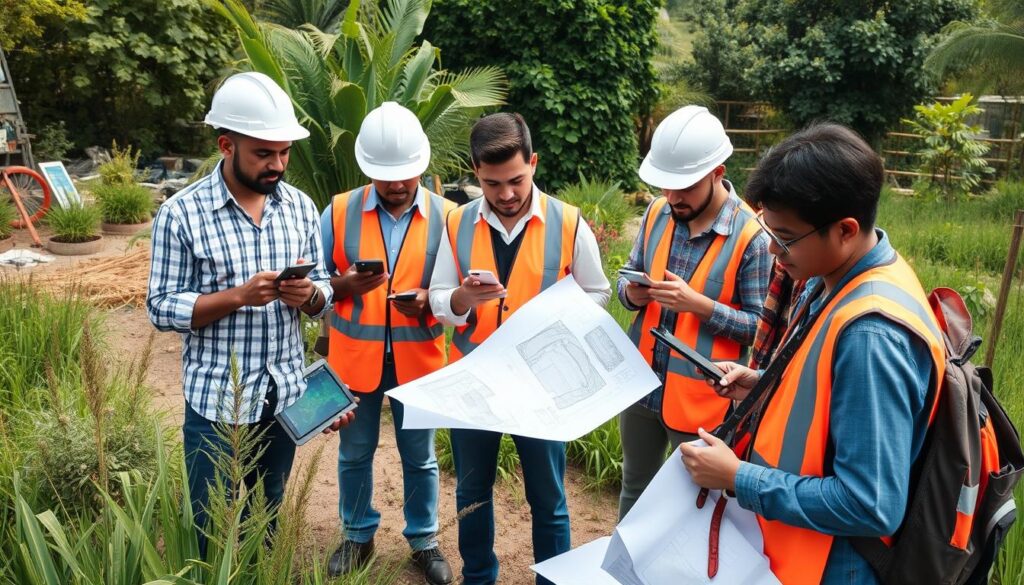
Plant identification apps are a big time-saver. Take a photo, and the app tells you what plant it is. This is super helpful for making plant lists or finding native plants.
Measurement apps replace old tools with digital precision. Landscape architects can use their phones to measure sites, calculate areas, and estimate materials. This digital method reduces mistakes and speeds up designs.
Project management apps keep teams in sync. You can share updates, assign tasks, and track progress from your phone, keeping everyone informed, even when working from different places.
- Augmented reality apps for visualizing designs
- Weather apps for planning outdoor work
- Sketching apps for quick concept drawings
Using these mobile tools, professionals work more efficiently on-site. Landscape apps are now a part of daily work. They make site visits more productive and projects finish faster.
Technology Landscape Architecture Efficiency: A Comprehensive Approach
Technology has changed landscape architecture a lot. It offers a complete way to make things more efficient. Digital tools have improved every step, from start to finish. This makes workflow smoother and projects better.
Streamlining Design Processes
Now, landscape design is all about using software together. These tools help architects quickly try out ideas and make better plans. They can do boring tasks automatically, so they can be creative and solve problems, leading to new and green landscapes.
Improving Project Management and Collaboration
Digital platforms have made teamwork in landscaping better than ever. Cloud-based tools let everyone work together in real-time. They share files easily and talk better, reducing mistakes and making decisions faster. This keeps projects on schedule and within budget.
Enhancing Client Communication and Presentations
Digital presentations have changed how landscape architects talk to clients. With new tools, clients can see designs in 3D. This makes it easier to understand and agree on plans. It also means architects can work with clients all over the world.
FAQ
Q: What digital tools are revolutionizing landscape design?
A: Digital tools like 3D modeling software create realistic views. GIS helps with site analysis. BIM boosts coordination and efficiency in projects.
Q: How can mobile applications enhance on-site productivity for landscape architects?
A: Mobile apps help landscape architects a lot. They offer tools for site surveys, plant ID, project management, and talking to clients. These tools make field work easier and more efficient.
Q: How does technology contribute to streamlining design processes in landscape architecture?
A: Technology is key to smoother design processes. It uses integrated software for efficient design, which leads to better workflow, collaboration, and design improvements.
Q: How can technology improve project management and collaboration in landscape architecture?
A: Tech improves project management and teamwork by offering digital platforms for collaboration. This means sharing data, managing tasks, and easily talking to team members, boosting productivity.
Q: How can technology enhance client communication and presentations in landscape architecture?
A: Tech improves talking to clients and showing designs. It uses advanced visualization and interactive tech, which gives clients a deeper, more engaging experience and helps them make decisions.
Yavapai Landscaping Prescott offers free quotations for landscaping and tree services in Prescott and its nearby localities. These include tree removal, trimming, stump grinding, land clearance, storm clean-up, and emergency tree service.











